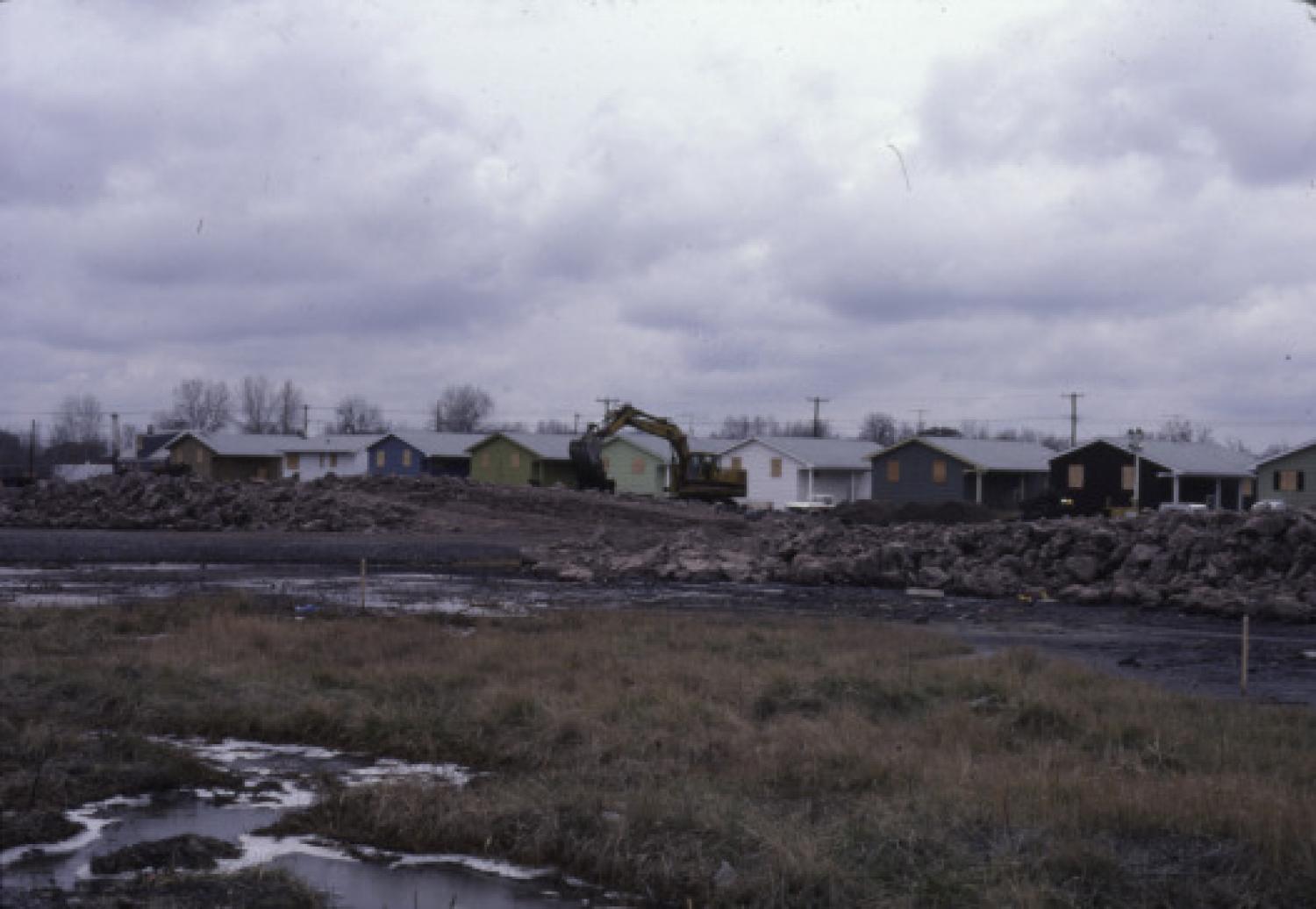
This chapter examines the contaminated community phenomenon by situating it within social science scholarship on hazards and disasters. The goal of SDG target 3.9 is to substantially reduce the number of deaths and illnesses from hazardous chemicals and air, water and soil pollution and contamination.
The Love Canal Disaster: A Classic Case Study of a Contaminated Community
The Love Canal disaster is a classic case study of a contaminated community, shedding light on the devastating consequences of environmental pollution and its impact on public health. This comprehensive analysis aims to provide a thorough understanding of the Love Canal disaster and its significance in the context of sustainable development goals (SDGs).
I. Background of Love Canal
History of Love Canal
Love Canal, located in Niagara Falls, New York, was initially envisioned by William T. Love as a model community powered by hydroelectricity. However, his ambitious project never came to fruition. In the 1920s, the abandoned canal was sold to Hooker Chemical Company, which began using the site as a waste disposal facility. Over the years, an estimated 21,000 tons of hazardous waste, including carcinogenic chemicals like dioxin, were dumped into the canal.
Development of the Love Canal Neighborhood
In the 1950s, after filling the canal with waste, Hooker Chemical sold the land to the Niagara Falls School Board for $1. The company included a clause in the contract stating that they would not be held responsible for any health issues or damages resulting from the buried waste. Residential construction and a school were subsequently built on the site, and the Love Canal neighborhood grew.
II. The Love Canal Disaster Unfolds
Health Issues and Environmental Concerns
In the 1970s, residents of Love Canal began experiencing health issues, including birth defects, miscarriages, and high rates of cancer. Additionally, chemical waste started seeping into basements and backyards, contaminating the soil and groundwater.
Lois Gibbs and the Love Canal Homeowners Association
Lois Gibbs, a concerned mother living in the neighborhood, began investigating the health issues plaguing her community. She formed the Love Canal Homeowners Association (LCHA) to address the contamination and demand government action. Through grassroots activism and media attention, the LCHA brought national focus to the disaster.
III. Government Response and Evacuation
President Jimmy Carter's Emergency Declaration
In 1978, President Jimmy Carter declared a federal emergency at Love Canal, allowing for the relocation of families affected by the contamination. This marked the first time a federal emergency was declared due to a man-made disaster.
The Superfund Act
The Love Canal disaster prompted the United States Congress to pass the Comprehensive Environmental Response, Compensation, and Liability Act (CERCLA), also known as the Superfund Act, in 1980. The law established a fund to clean up hazardous waste sites and made polluters liable for remediation costs.
IV. Long-term Effects and Legacy
Environmental Policy and Regulation
The Love Canal disaster played a crucial role in shaping environmental policy and regulations in the United States. In addition to the Superfund Act, the disaster also influenced the development of the Resource Conservation and Recovery Act (RCRA) and the Toxic Substances Control Act (TSCA).
Public Health and Environmental Justice
The Love Canal disaster highlighted the urgent need for better monitoring of hazardous waste disposal and its impact on public health. It also gave rise to the environmental justice movement, which seeks to address the disproportionate impact of pollution on low-income and minority communities.
Lessons for Sustainable Development
The Love Canal disaster serves as a stark reminder of the importance of sustainable development and responsible waste management. It underscores the need for comprehensive environmental policies and regulations to protect public health and prevent similar disasters in the future.
The Love Canal disaster is a classic case study of a contaminated community that highlights the devastating consequences of environmental pollution and its impact on public health. The tragedy brought about significant changes in environmental policy, regulation, and awareness. It also laid the foundation for the environmental justice movement, which seeks to address the disproportionate impact of pollution on vulnerable communities.
By understanding the Love Canal disaster, its causes, and its lasting effects, we can work towards achieving the United Nations' Sustainable Development Goals, particularly those focused on ensuring healthy lives and promoting well-being for all at all ages (Goal 3) and ensuring sustainable consumption and production patterns (Goal 12). As we strive to create a more sustainable and equitable world, the Love Canal disaster serves as a sobering reminder of the consequences of neglecting our environment and the well-being of communities.
The Love Canal disaster is a critical case study that offers invaluable lessons on the importance of sustainable development and responsible waste management. By examining this tragedy and its aftermath, we can work to prevent similar disasters in the future and strive to create a safer, healthier, and more just world for all.
